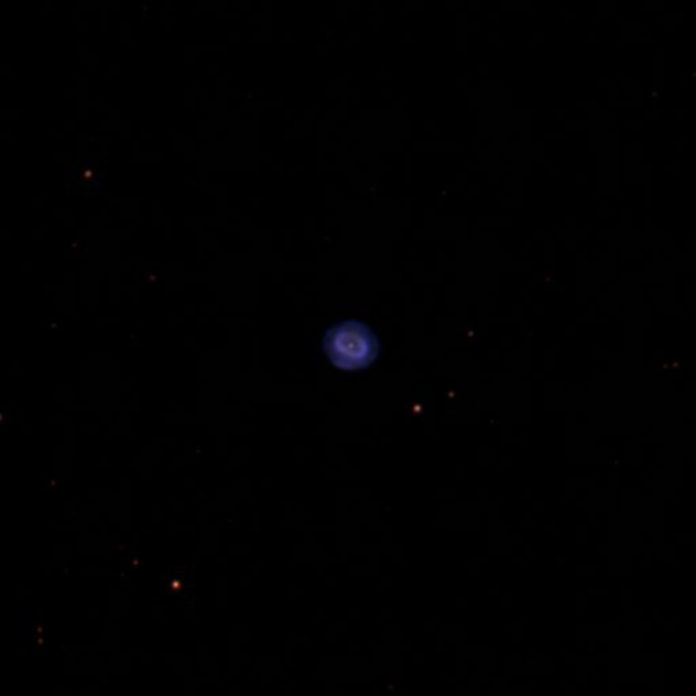An international research team led by Florida State University, Assistant Professor of Physics Eric Hsiao, has discovered a unique supernova explosion just One-hundred million light-years away from Earth.
This unusual supernova gets brighter exceptionally slowly. It is also one of the brightest explosions in its class — are unlike any other.
The exploding star supernova LSQ14fmg is a distant object. It is- also known as Type Ia supernova and a member of the “super-Chandrasekhar” group.
Type Ia supernovae were crucial tools for discovering what’s known as dark energy. Despite their importance, astronomers knew little about the origins of these supernova explosions, other than that they are the thermonuclear explosions of white dwarf stars.
It is well known that the light from a Type Ia supernova is powered by the radioactive decay of nickel produced in the explosion. The light rises and falls over weeks.
Such Type of supernova ger brighter after the nickel becomes more exposed. Once the supernova cools down, it becomes faint, and the nickel decays to cobalt and iron.
Scientists observed the data from telescopes in Chile and Spain. They saw that the supernova was hitting some material surrounding it, which caused more light to be released along with the light from the decaying nickel. They also saw evidence that carbon monoxide was being produced. Those observations led to their conclusion — the supernova was exploding inside what had been an asymptotic giant branch (AGB) star on the way to becoming a planetary nebula.
Jing Lu, an FSU doctoral candidate and a co-author of the paper, said, “Seeing how the observation of this interesting event agrees with the theory is very exciting.”
“The explosion was triggered by the merger of the core of the AGB star and another white dwarf star orbiting within it. The central star lost a copious amount of mass through a stellar wind before the mass loss was turned off abruptly and created a ring of material surrounding the star. Soon after the supernova exploded, it impacted a ring of material often seen in planetary nebulae and produced the extra light and the slow brightening observed.”
Hsiao said, “This is the first strong observational proof that a Type Ia supernova can explode in a post-AGB or proto-planetary-nebula system and is an important step in understanding the origins of Type Ia supernovae. These supernovae can be particularly troublesome because they can mix into the normal supernovae sample used to study dark energy. This research gives us a better understanding of the possible origins of Type Ia supernovae and will help to improve future dark energy research.”
Journal Reference:
- E. Y. Hsiao et al. Carnegie Supernova Project II: The Slowest Rising Type Ia Supernova LSQ14fmg and Clues to the Origin of Super-Chandrasekhar/03fg-like Events*. DOI: 10.3847/1538-4357/abaf4c
